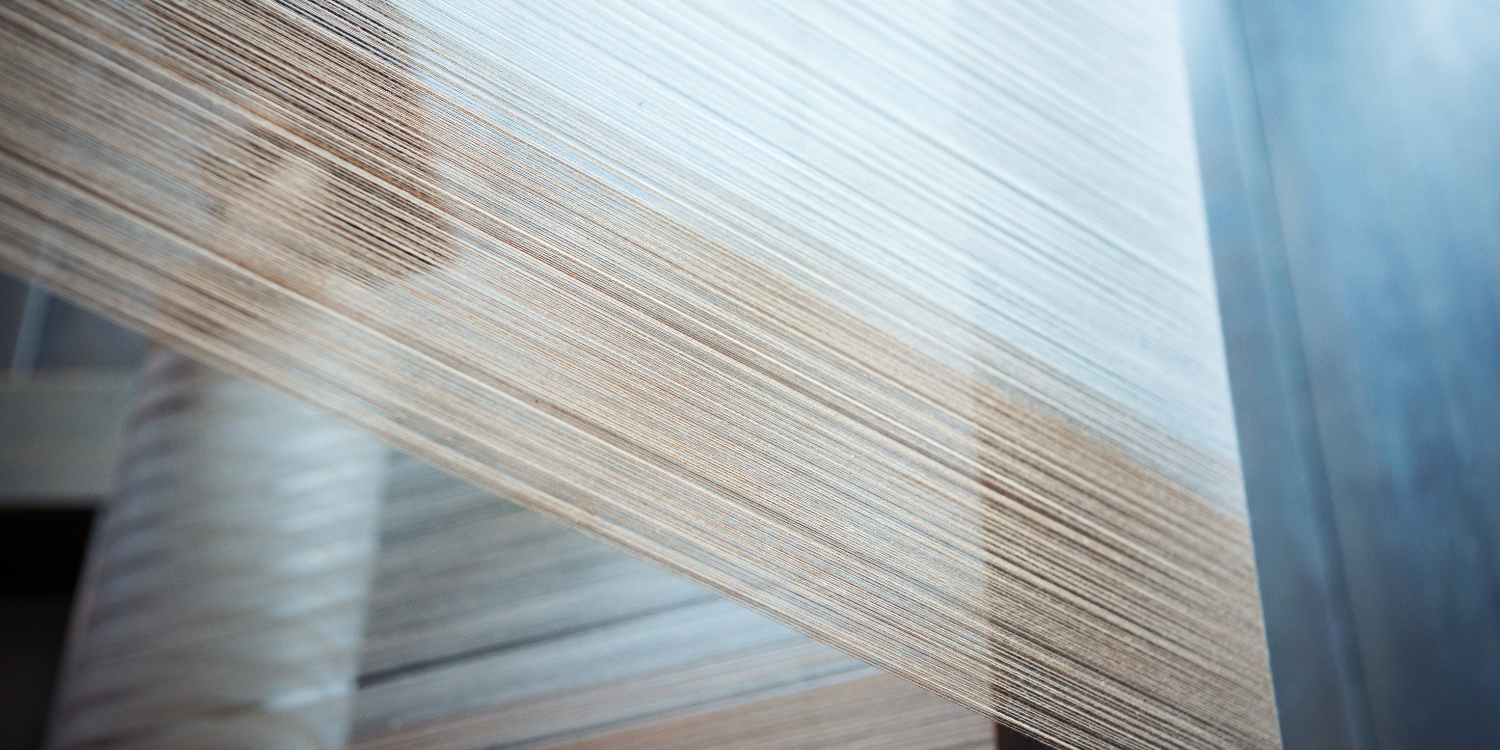
Why It’s Important To Invest In Things That Last
Hand-crafted, bespoke, tailored, handmade and slow fashion, all buzzwords people love to use to describe their belongings when they can. There’s no doubt that owning a product of a higher quality carries a certain prestige, so why do so many of us still choose to spend our hard-earned money on fast fashion, imitation designs and cheap materials?
Traditionally, clothes were engineered to last. Natural materials such as cotton and silk were in shorter supply and the cost and time of manufacturing were high. Having fewer things and making them last longer was a way of life few people could afford to opt out of, yet with the advent of modern technologies, this way of thinking quickly fell to the wayside. Modern factories and synthetic materials such as Nylon and polyester suddenly made producing clothes cheaply a possibility, while the perceived quality of certain high-end brands declined in public opinion.
The appetite for ‘fast fashion’ in particular skyrocketed in the early 2000s as mainstream retailers began to see the potential in imitating the designs of the most expensive fashion houses using cheaper materials and manufacturing them in bulk in order to sell them within weeks of the original designs being debuted. The low price tags allowed access for the first time into the seemingly exclusive world of fashion for many who now felt able to take part in changing trends. As such, ‘throw-away fashion’ is now a huge part of global consumerism and has spread from clothes and shoes into other industries such as homeware, furniture and jewellery.
The problems with the throw-away consumer model are multitude. An increased strain on the world’s resources in order to keep up with increasing demand, the colossal waste when products quickly wear out or are no longer fit for purpose end up in landfill because their materials cannot be recycled effectively, and perpetuating a culture of instant gratification where new possessions must be acquired immediately and at any cost are but a few of them. According to Greenpeace, the average person today buys 60% more clothing and keeps them for half the amount of time than only 20 years ago.
These issues, alongside the human cost of poor factory working conditions, exploitative labour and even sweatshops, mean that we all have a responsibility to change the way we approach buying consumer goods. An Australian study conducted by Oxfam in 2017 reported that only 4% of the cost of clothing makes its way back to the factory workers who produced the item in the first place. Slowly, the tide is starting to turn, with more brands pledging to pay their factory workers and craftsmen fairly, as well as use sustainably sourced materials in their manufacturing process. However, as individuals, there is so much more that can be done. Choosing where and how to spend our money remains the single biggest way to be heard - companies exist to follow consumer demand, so by shopping more sustainably, we can in turn encourage businesses to focus more of their attention on this segment of the market.
Not only is investing in better quality products beneficial for the environment, the people making the clothes and your conscience, it can often reap financial reward too. Sure, spending more initially seems counterintuitive but in the long run will save on having to keep replacing items that fall apart and fail when you need them. Building a capsule wardrobe is often the easiest way to make the change from buying endless clothes every season. Invest in one good quality piece every month or season in neutral colours and sustainable fabrics in order to create the core of your wardrobe. This will become the backbone of your collection that can then be accented with more trend-led pieces if desired, without compromising on quality, or spending copious amounts each year to replace what has gone out of fashion or simply worn out. The same can be said for every day items, particularly things that are used with great frequency from bed linen and soft furnishings to your dining rooms table, chairs and sofa.
With an eye on the future, quality products bought now can be kept for a lifetime and in some cases even be handed down to the next generation as things once were. Investing in items that have the capability of being recycled also reduces the pressure on landfill and helps create a sustainable cycle that allows for consumption without the same consequences as ‘throw-away goods’. Ultimately nothing new ever feels as good as something loved and cherished, filled with memories and feelings unknown to anyone else. Possessions can be a wonderful treasure when consumed responsibly and we’d all do well to remember this.




Leave a comment
This site is protected by hCaptcha and the hCaptcha Privacy Policy and Terms of Service apply.